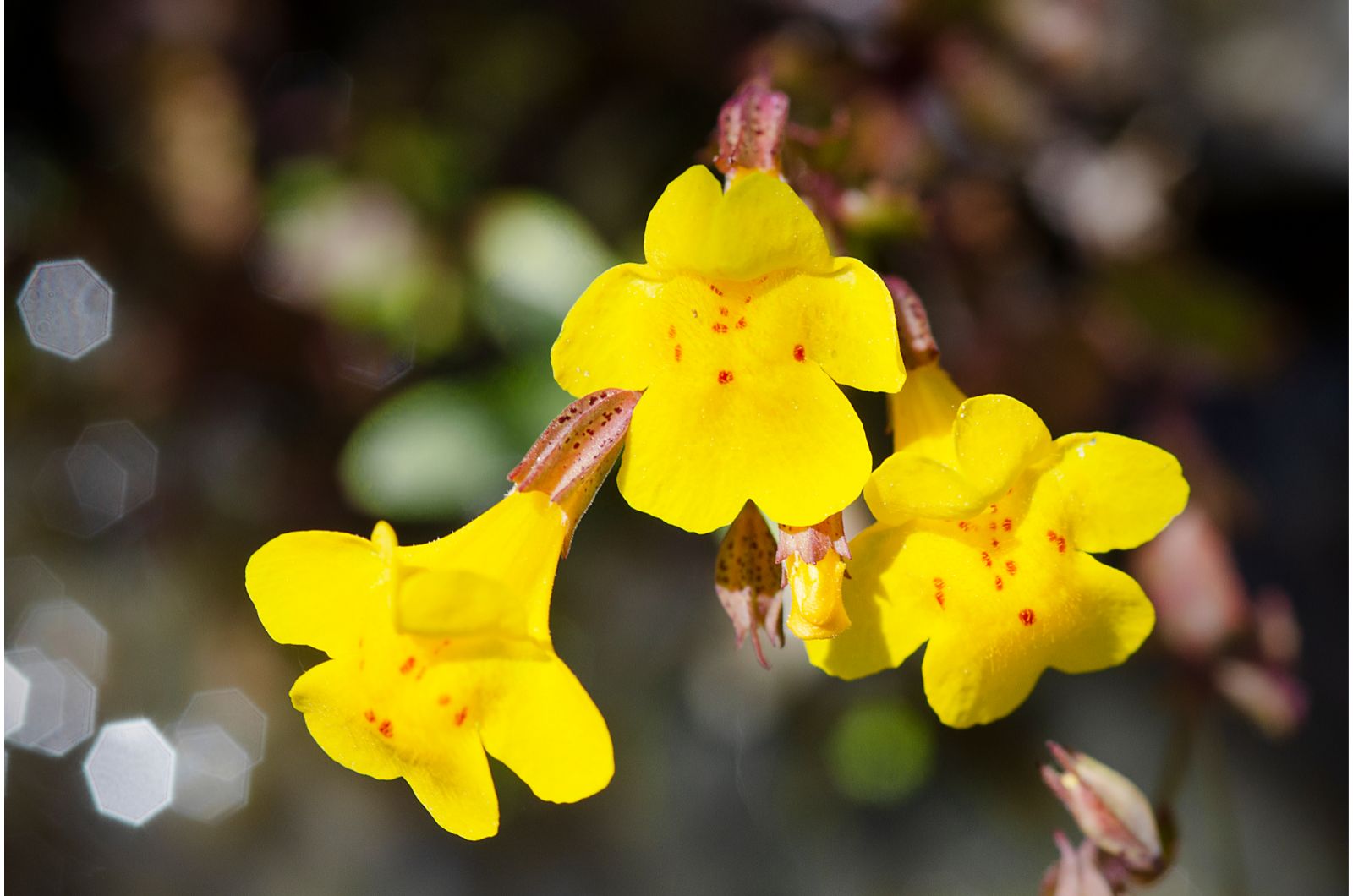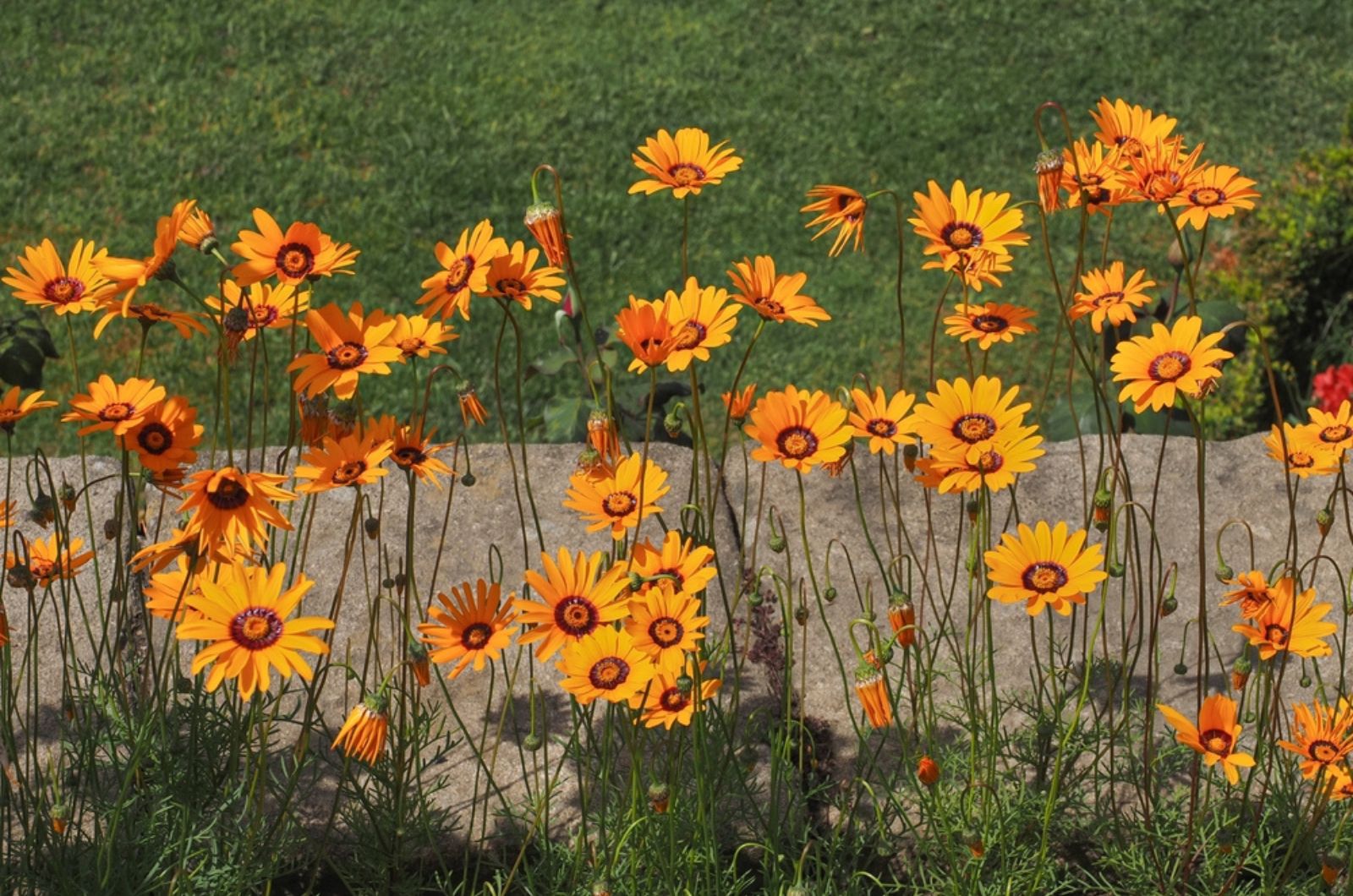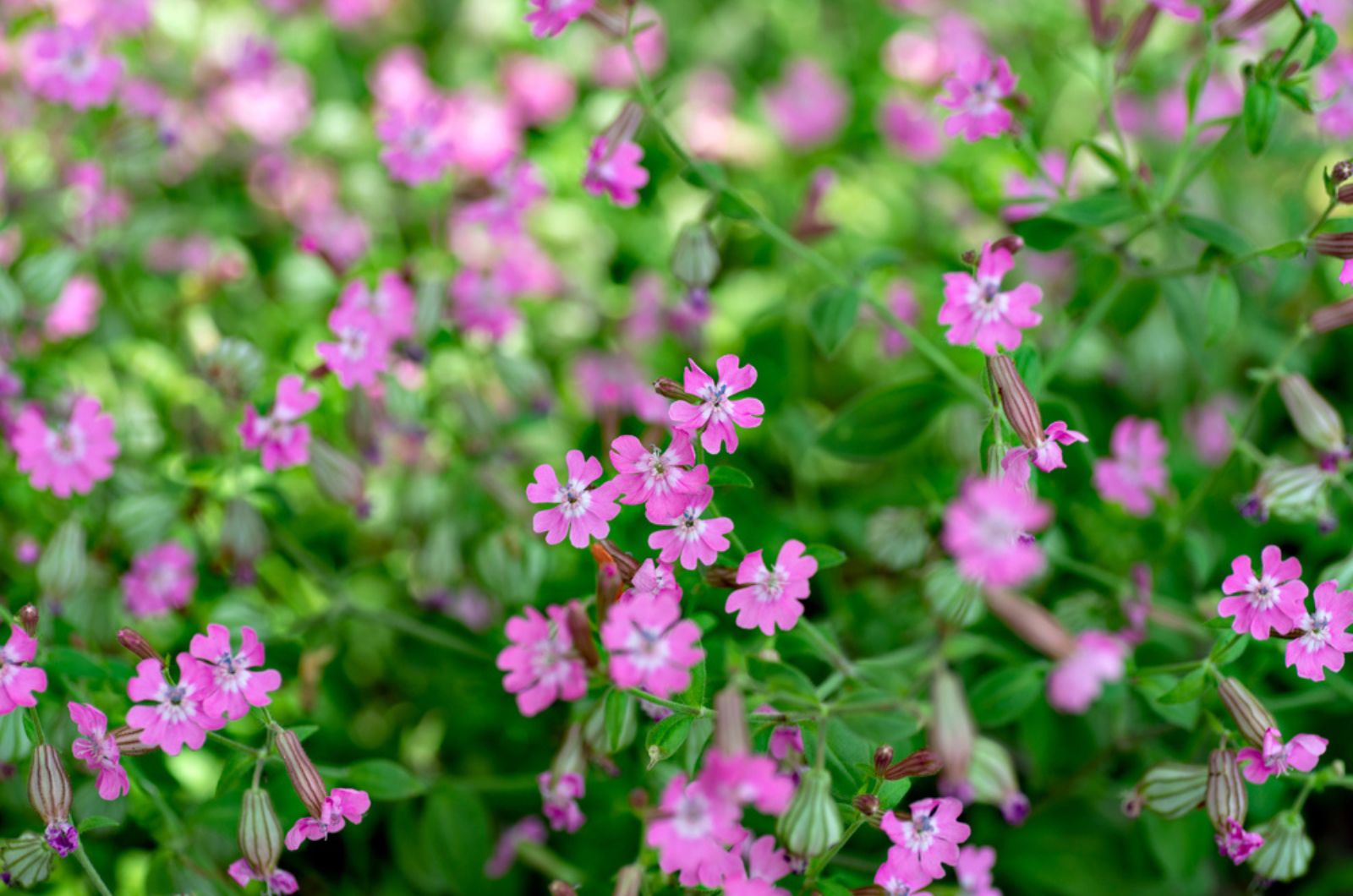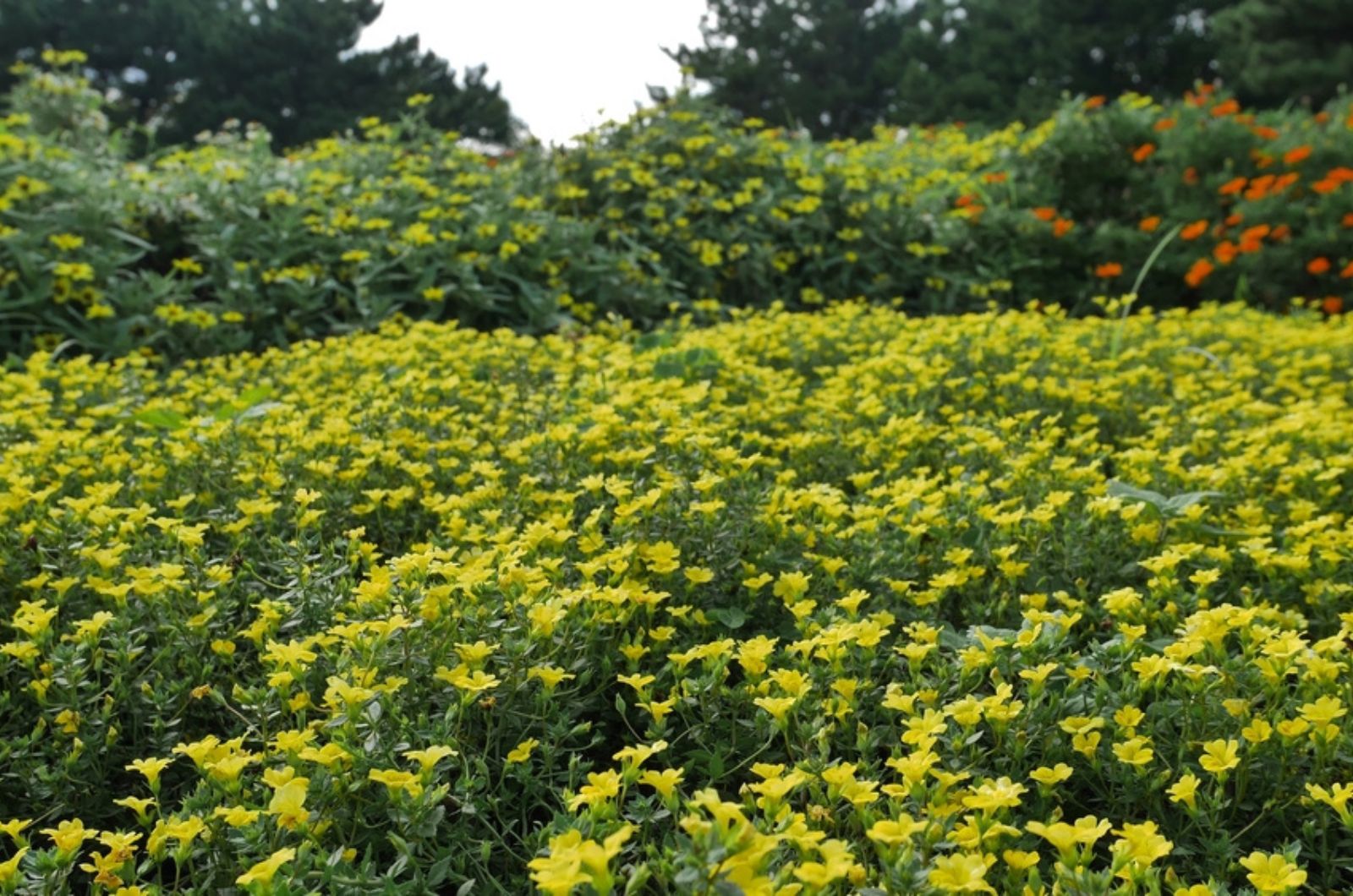Everyone’s gardening journey is filled with ups and downs, but there isn’t anything more rewarding. Once you get a new plant, the only thing you want is to enjoy watching it thrive.
If you live in the Northeast, not many plants can adorn your outdoor space because of the special conditions found in this area. But don’t worry, if your garden needs something new and fresh, you’re in the right place.
I’ll show you some new and unusual annuals you should try in your garden this summer.
Let’s get started!
1. Sticky Monkeyflower Jelly Bean
If it were for the name, this flower may not have reached the to-grow list. However, its unusual appearance and ability to produce an abundance of blossoms definitely deserve a Sticky Monkeyflower spot in our garden.
The Jelly Bean series of this species encompasses a few hybrids with remarkable colors. If you like fuchsia hues, then Jelly Bean Betanel should be your choice.
For more subtle hues, go with Jelly Bean Lemon, which has yellow blooms, or Jelly Bean White, which has white blooms.
If you want to spice things up, you should try growing Jelly Bean Terracotta, which has fiery orange blossoms, or Jelly Bean Cinnamon, which has deep orange-red blooms.
There are some multicolor varieties, such as the Jelly Bean Fiesta Marigold with its distinctive deep orange and yellow blooms that will make your garden stand out.
Since these are a hybrid species, you will need to propagate them through cuttings if you want the same plants the next season. Finding the seeds may be challenging, but there are some reputable online sources if you can’t find Jelly Bean seeds in your local nurseries.
2. Solar Fire Ursinia
The unusual blossoms of Solar Fire Ursinia can’t go unnoticed. These South African natives aren’t commonly seen in gardens but I assume that will change pretty soon.
Even though the natural environment of these plants is hot and dry, they perform very well in Northeast climates.
The chances you’ll find Solar Fire in your local nurseries are low to zero, but finding them online is a piece of cake.
You’ll need to start the seeds of this Ursinia indoors under lights approximately 6 weeks before the last expected frost date.
Once the Solar Fire seedlings develop, you should plant them into 2-inch pots before transferring them to containers or flower beds when the danger of frost ends.
If you’re using containers, those that are 11 inches in diameter can accommodate 6-8 Solar Fire Ursinias and give you a densely packed floral display. Make sure the spacing between each Ursinia is about 4-5 inches.
They’ll bloom prolifically even if grown in partial sun and windy conditions.
The only drawback of the Solar Fire is that it has a shorter blooming season compared to other annuals, and will most likely bloom from early June until late July. However, the carpet of orange blooms you will get in this period is definitely worth it!
3. Sibella Carmine Nodding Catchfly
If you’re new to seed starting, then Sibella Carmine is the perfect variety for you. The seeds germinate easily under lights, and seedlings develop into robust plants at a fast rate.
Once this process is complete, transfer your Sibella Carmine seedlings into 3-inch pots and put them under lights.
You can transplant this Nodding Catchfly variety to your outdoor garden when the danger of frost ends.
I highly recommend planting Sibella Carmines en masse with a spacing of 6 inches for a captivating floral carpet until early August.
The blossoms will occur soon on 11-inch-long stalks and transform your garden into a vibrant oasis.
4. GoldDust Axilflower
Not many have heard of the Mecardonia species but I would like that to change because these plants indeed have it all.
They aren’t commonly grown as ornamentals but there are some hybrids that are becoming more popular.
My favorite variety is the GoldDust, with tiny yellow blossoms that cover the plant entirely. They’ll be a part of your garden all until the first frost.
The mounding growth habit of GoldDust plants will add a special touch of beauty to your outdoor space.
If you live in USDA zones 9 through 11, make sure to enrich your summer garden with this unusual plant.
5. Ladybird Texas Primrose
The last, but not least, annual on our plant list is the Texas Primrose. When compared to other plants from our list, this one can be found in nurseries more easily.
Not everyone recognizes the potential of this plant, so you’ll likely get the chance of purchasing it. It blooms prolifically and each plant can spread up to 20 inches.
Ladybird Texas Primroses don’t go to seeds and they have high tolerance to hot and humid conditions found in the Northeast in the summer.
Sungold and Lemonade Ladybird Texas Primroses are the two most beautiful cultivars, and they come in different shades of yellow.
These plants are drought-tolerant and I recommend cutting them back a little bit at the end of the summer to enhance growth.
If you want to make your summer garden unique this season, simply add at least one of these splendid plants!






